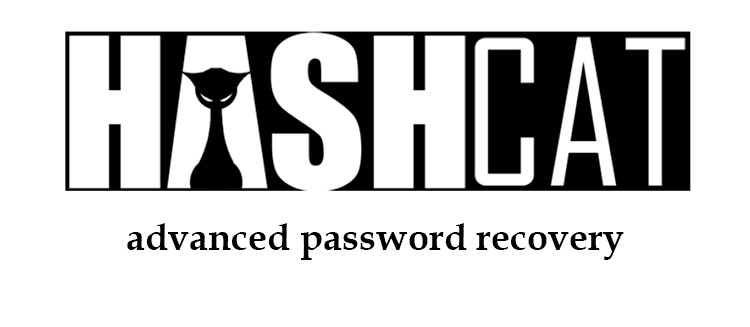What is Hashcat?
Hashcat is an advanced password recovery tool used in cybersecurity practices. It’s renowned for its versatile functionality, speed, and ability to perform different password recovery attacks. These attacks include brute force, dictionary, permutation, combination, mask, hybrid, and rule-based approaches.
Hashcat supports a wide variety of hashing algorithms, including MD5, SHA-1, and NTLM, to name a few, making it a crucial tool in the realm of information security. By using GPU-based processing, Hashcat is designed to efficiently decrypt and crack complex passwords, providing a useful resource for ethical hackers and cybersecurity professionals seeking to test the strength of network or system security.
What is the recommended PC specification for Hashcat?
Hashcat is a scalable software that relies primarily on the strength of your GPU to speed up the process of password cracking. Hashcat is unique in that scaling is nearly linear, so creating clusters of multiple systems with many GPUs can be advantageous; however, a single two-GPU system will get you a long way depending on the complexity of what you’re trying to crack. Our recommendation for standard and advanced users is the same, however, if you’re an advanced user you may want to order multiple systems and make considerations for networking.
| CPU | I7 13700k or r7 7800x |
| GPU | 2 RTX 4080 or better |
| Memory | 32gb |
| Storage | 1tb, or greater for large password libraries |
Is CPU important in Hashcat?
It is largely possible to get away with using very underpowered CPUs in Hashcat; however, we recommend an i7/r7 tier processor to ensure smoothness of operation. Hashcat, unlike a mining rig, can utilize a good CPU to push instructions more efficiently to the GPUs. Hashcat is also capable of using the CPU in instances where an algorithm may not be compatible with your GPU so for this reason a decent CPU is good to fall back on.
How much system memory does Hashcat need?
For the program to operate a minimum of 8gb is required, however, for the program to function optimally and be able to use password libraries efficiently and deal with larger hashes 32gb is what we recommend. A lot of algorithms benefit from the size of your memory being close to, or in parity with, the size of your gpu frame buffer.
What GPU is recommended for Hashcat?
In short, The more powerful and higher quantity of GPUs the better. Hobbyists may find a single gpu of midrange is sufficient however for professionals two high end gpus or greater is highly recommended. All of Hashcats heavy lifting is done via the GPU as password cracking is a highly parallel workload; something GPUs excel at.
What is needed to set up a Hashcat cluster?
A Hashcat cluster is controlled by a broker node. This can be handled on one of the computational systems or it can be a very basic system with very low spec, the only hard requirement is 2 GB of system memory per computer in the cluster.
Then there are compute nodes, which are Systems within the cluster that can be identical in specification to our recommended Hashcat standalone systems, but a dedicated high-speed network connection is necessary. The onboard LAN for most modern motherboards is sufficient for network traffic. 1g, which is a modern norm, is the minimum; 2.5g or greater is recommended. It is also highly recommended that a hashcat cluster is on its own isolated network.
Building a PC for HashCat with AVADirect
Our purpose-built workstation PCs offer custom PCs with preselected components best suited for the software they are optimized for. We offer easy-to-configure Hashcat solutions in 4u and desktop form factors based on both AMD and Intel platforms which can be found here. The selectable parameters align with this guide making the process easy and streamlined.
The configurations focus on a solid mid-tier CPU selection like the 13700k or 7800x and also features the option for either dual 4080s or 4090s with 32 GB of system memory which are optimal options for using Hashcat to its best capabilities. Storage models and other options like raid are entirely up to your discretion (to learn more about raid, see our What is Raid blog. Have a different use case in mind or do you need assistance? Our knowledgeable sales team is available by phone, email, and livechat during our usual business hours. They’d love to discuss your work and provide feedback on which components will optimize your workflow depending on your specific projects.
